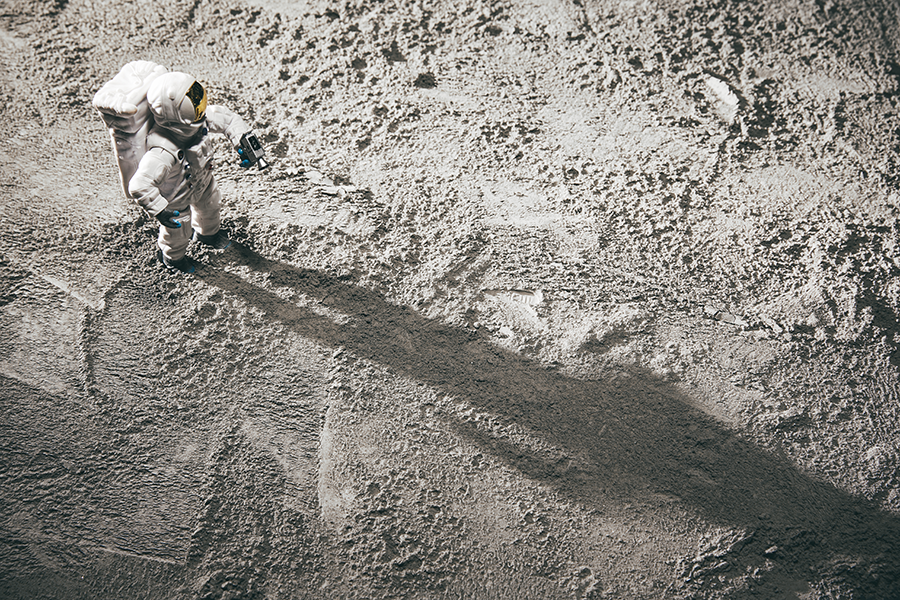AAMU Agribition Center will host the final Break the Ice Lunar Challenge

NASA Taps Alabama A&M University to Host Break the Ice Lunar Challenge
NASA has selected Alabama A&M University’s Agribition Center to host the final level
of the agency’s Break the Ice Lunar Challenge, using indoor and outdoor space to ground
test the finalists’ solutions.
The challenge opened in 2020 to find novel solutions for excavating icy lunar regolith
and delivering acquired resources in extreme environmental conditions. In alignment
with NASA’s Moon to Mars objectives, the challenge aims to develop technologies that
could support a sustained human presence on the Moon.
Throughout the challenge, competitors have designed, built, and independently tested
robots that could theoretically withstand the harsh environments inside permanently
shadowed regions of the lunar South Pole. The six finalists who succeeded in Phase
2: Level 2 of the challenge were announced in December 2023.
“We were looking for a unique set of criteria to house the Break the Ice Lunar competition,
so we partnered with Jacobs Space Exploration Group in finding a facility,” said Denise
Morris, NASA Centennial Challenges program manager at NASA’s Marshall Space Flight
Center in Huntsville, Alabama. “Alabama A&M is a good fit for this challenge because
of the on-site capabilities they have and being close to NASA facilities makes logistics
much easier.”
Located a few miles east of the Alabama A&M University (AAMU) campus, the Agribition
(agriculture + exhibition) Center is managed by the Alabama Cooperative Extension
System with support from AAMU and its College of Agricultural, Life, and Natural Sciences.
Its indoor arena features a large dirt space, typically equipped to support rodeos
and other agricultural expos. Outside, the center sits on roughly 40 acres of land,
offering plenty of green space to build the competition’s complex infrastructure.
The final Phase 2: Level 3 testing will occur June 10-12, 2024. There are two components
that each team will focus on mastering: excavation and transportation. Six identically
sized concrete slabs will be set up inside the arena for the finalists’ robots to
dig. The slabs, measuring 300 cubic feet, will have qualities similar to a permanently
shadowed crater located at the Moon’s South Pole. A gravity-offloading crane and pulley
system will lift the excavators while working, simulating the one-sixth gravity experienced
on the Moon.
Each team will have one hour to dig as much material as possible or until they reach
the payload capacity of their excavation robot. Up to three top-performing teams will
earn an opportunity to test their solution inside one of the thermal vacuum chambers
located at Marshall, which can simulate the temperature and vacuum conditions at the
lunar South Pole.
Read More